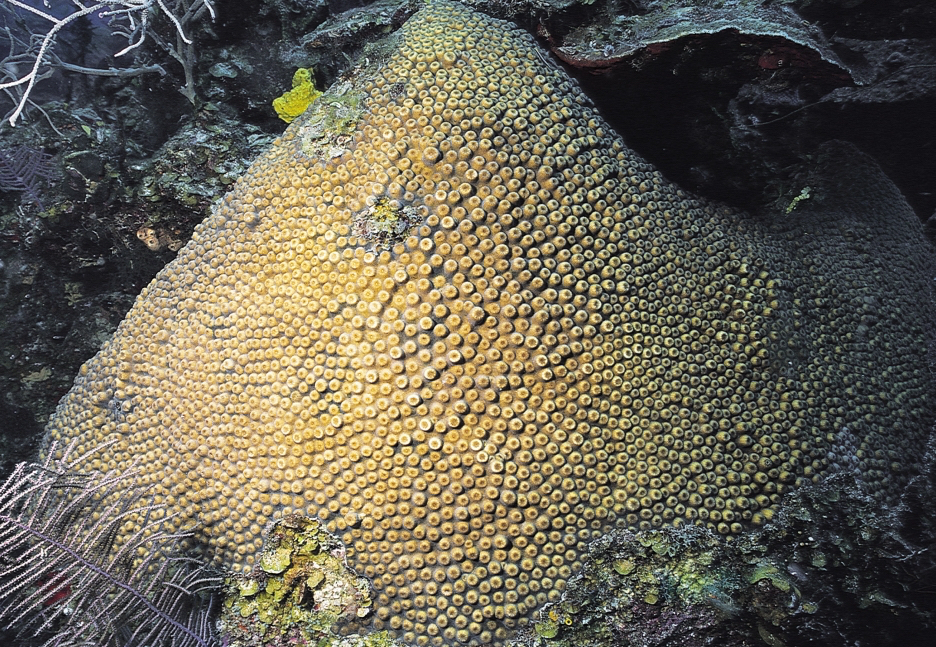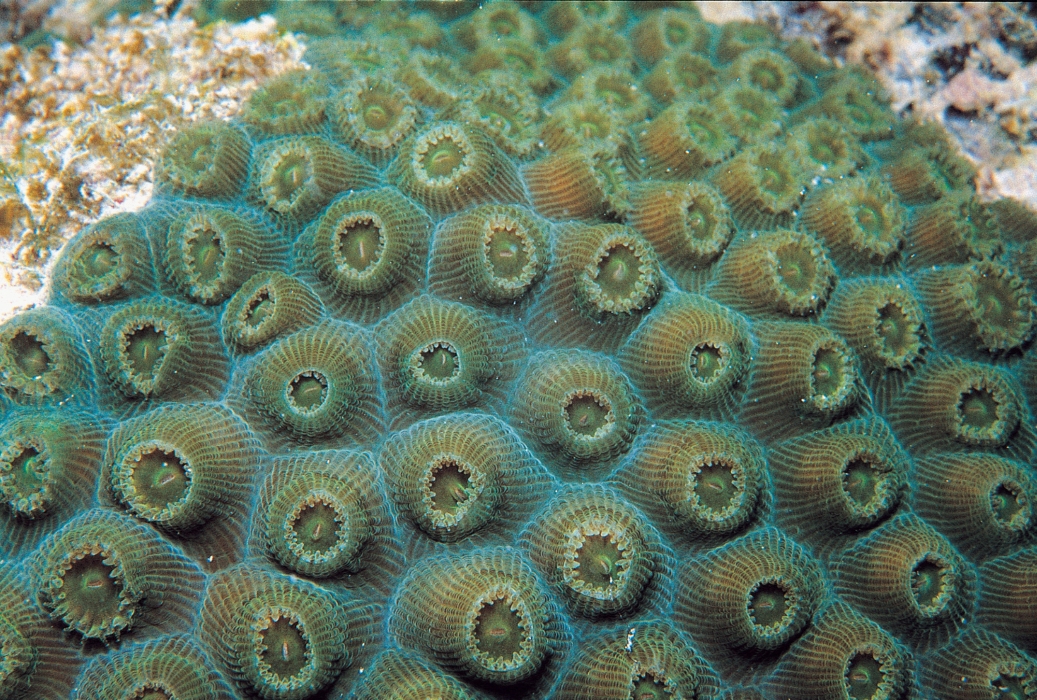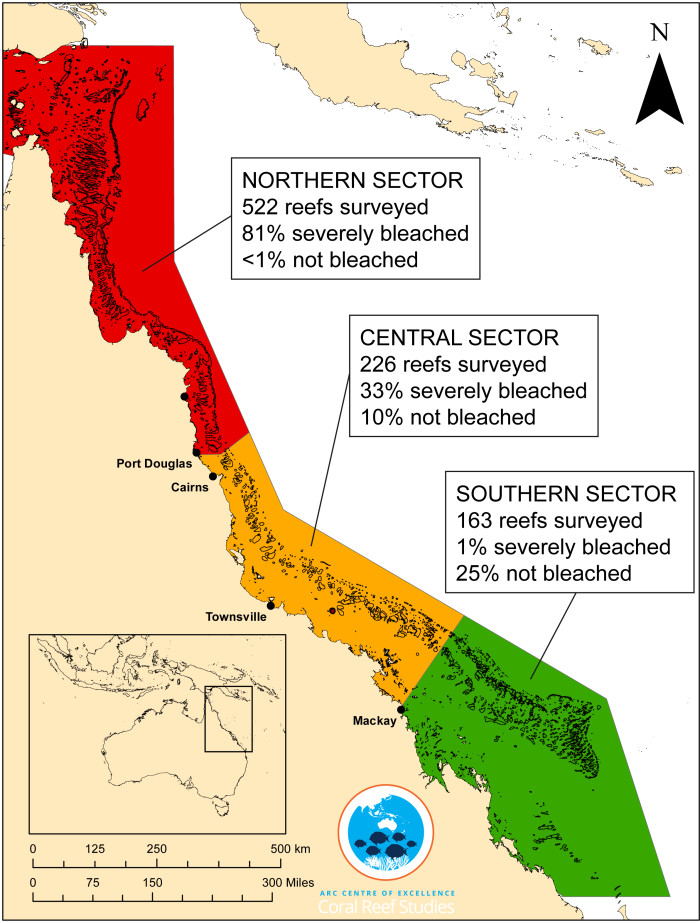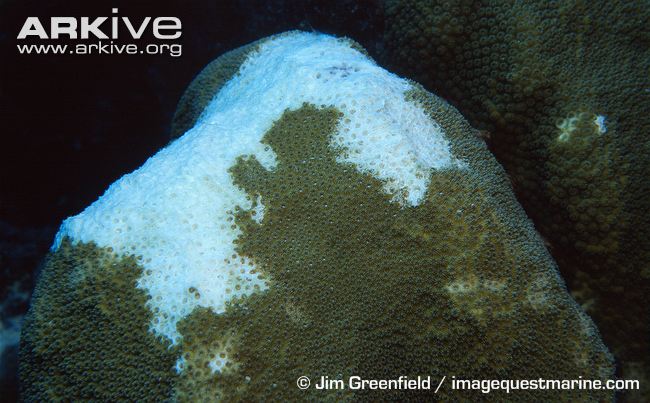About This Project
Corals are in alarming decline. Will populations evolve or go extinct? The most permanent, valuable and shareable resource to answer this question is a reference genome. Like the Human Genome Project, we are conducting a Coral Genome Project, which will be freely shared with the scientific community to better understand the fate of coral reefs.
Ask the Scientists
Join The DiscussionWhat is the context of this research?
The world's coral reefs are declining at an alarming rate [1]. The fate of coral reefs depends on whether they evolve quickly enough to keep pace with increasing environmental pressures [2]. To understand how corals are evolving, scientists observe how their genes change through time and space. A technique known as Next-Generation Sequencing allows scientists to do this at unprecedented rates of depth and precision [3]. Our laboratory is at the forefront of applying this powerful new technology to coral conservation and ecology [4]. We propose to sequence the genome of the Great Star Coral (Montastraea cavernosa), a boulder coral found in the Florida Keys. We will use the genome to understand how the species adapts to environmental change.
What is the significance of this project?
A reference genome is a digital copy of an organism's entire DNA sequence. What makes a genome sequence so exciting is its wide range of applications and the ease with which it is shared. Immediately upon completion, we will post teh genome on the National Center for Biotechnology Information (NCBI) for use by all members of the coral scientific community. It will facilitate research on numerous topics such as adaptation to climate change, connectivity between reefs, adaptation to unique reef conditions, historical population declines, and how the coral turns genes on and off to fit environmental conditions. Your contribution will help provide a highly useful and enduring resource for coral biology.
What are the goals of the project?
The goal of this project is to develop a reference genome for the Great Star Coral (Montastraea cavernosa). We will begin immediately as funding permits. The remarkably low cost of the project is due to rapid advances in DNA sequencing technology [5]. The technique, called Next-Generation Sequencing, or Massively Parallel Sequencing, works by performing millions of sequencing reactions at once, instead of just one at a time. First, the DNA is isolated and broken up into little pieces. These small fragments are stuck to a flat surface similar to a computer chip, then read with a color coded system, where each letter glows a particular color. The resulting short sequences, called 'reads', are strung back together by a computer to build back up the genome.
Budget
Over the past several years the cost of genome sequencing has plummeted. The proposed budget is sufficient to complete the full project. A contribution of $300 is more than 10% of a coral genome.
Descriptions of each budget item are provided below. Wherever possible we provide links with further information:
DNA sequencing preparation (http://www.illumina.com/produc...): This step prepares the DNA for Next-Generation sequencing.
1 lane Illumina Hiseq 4000 (https://wikis.utexas.edu/displ...): Reduced internal rates at University of Texas Genome Sequencing and Analysis Facility. One lane provides over 240 million sequencing reads, equal to 72 billion letters of genetic code!
Endorsed by
Meet the Team
Groves Dixon
I am a PhD candidate in the Matz laboratory at the University of Texas at Austin, where we develop new techniques to understand coral biology. I am passionate about my work because it helps apply new technologies to the important issues of coral ecology and conservation. This project is particularly exciting, because we will contribute a highly valuable research tool to the entire community of coral biologists.
Additional Information





Banner photo credit Guillermo Jordán-Garza.
.
Project Backers
- 8Backers
- 3%Funded
- $78Total Donations
- $9.75Average Donation

